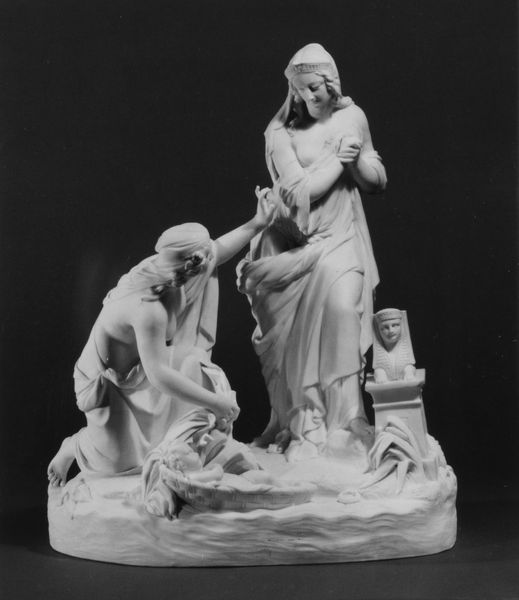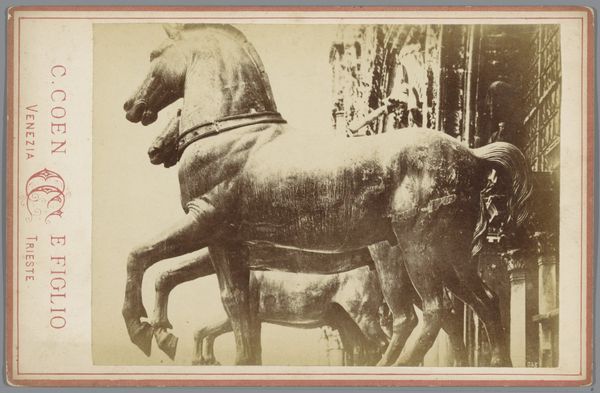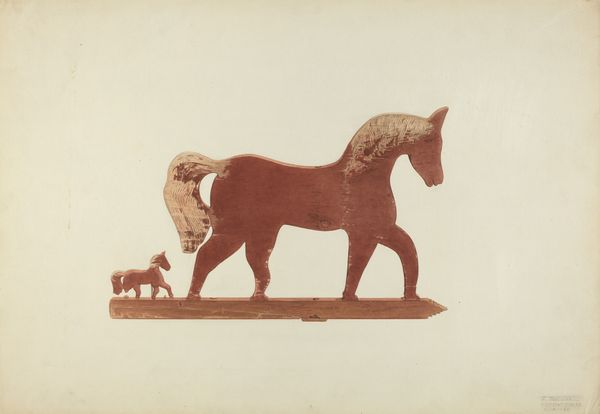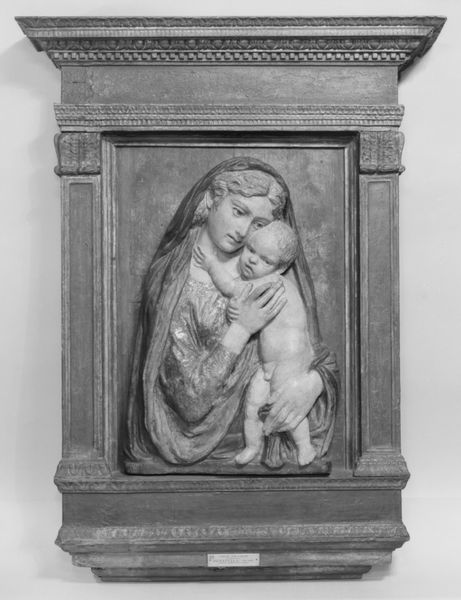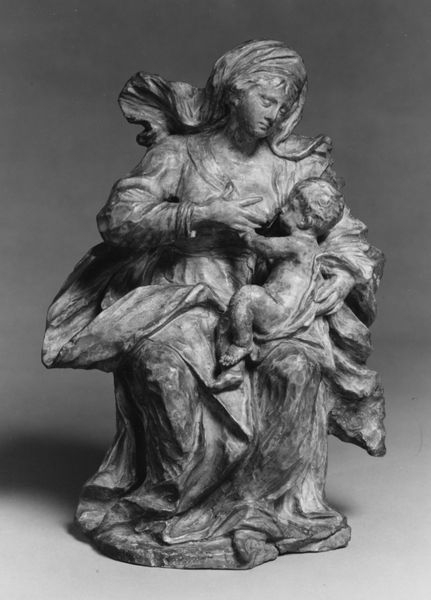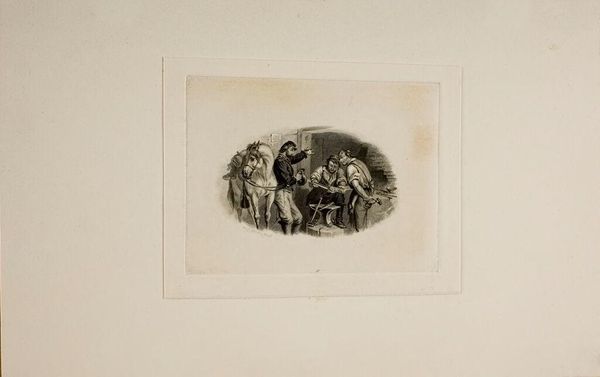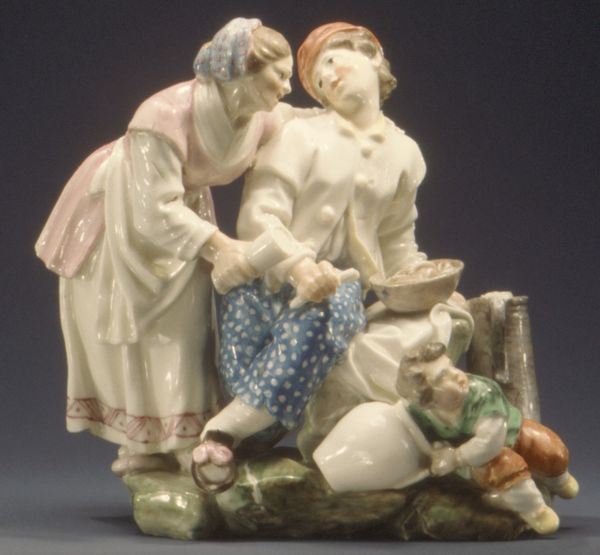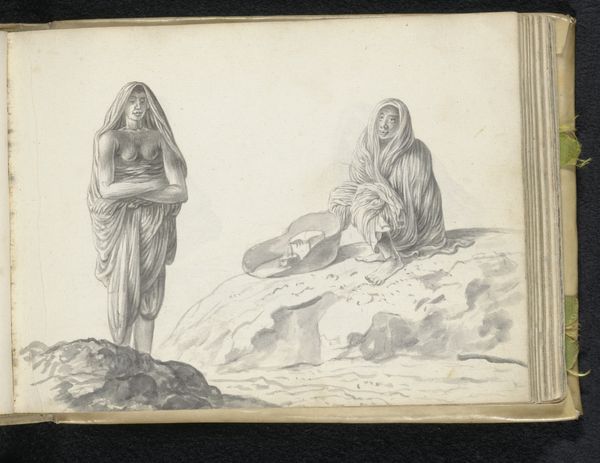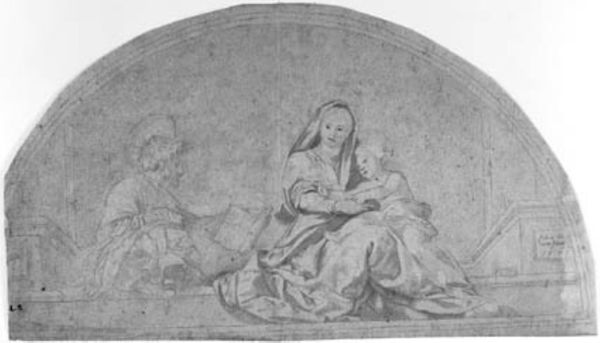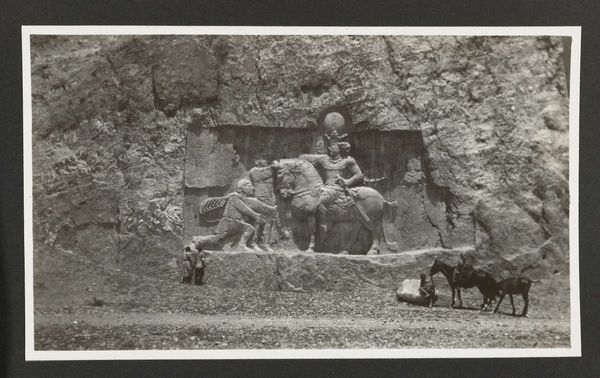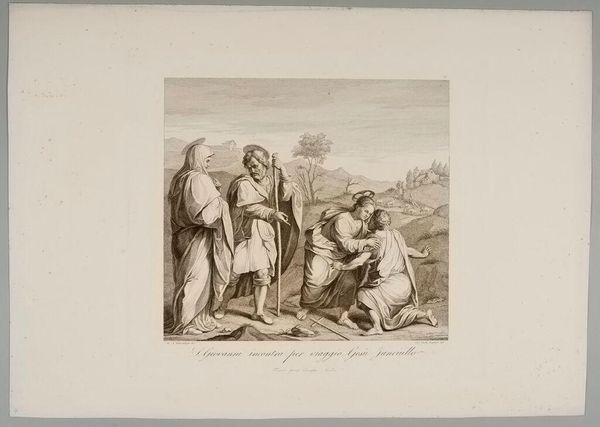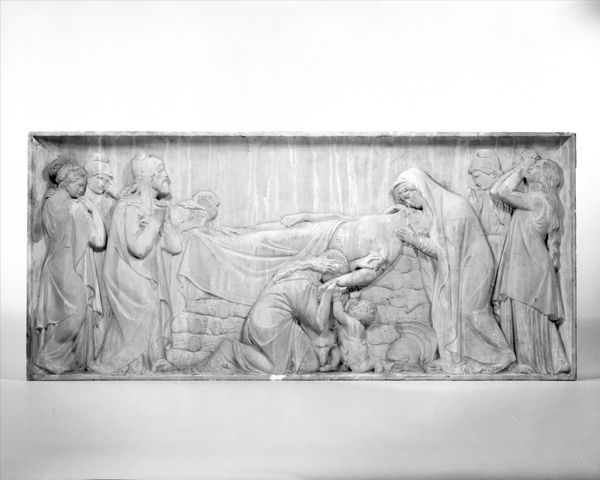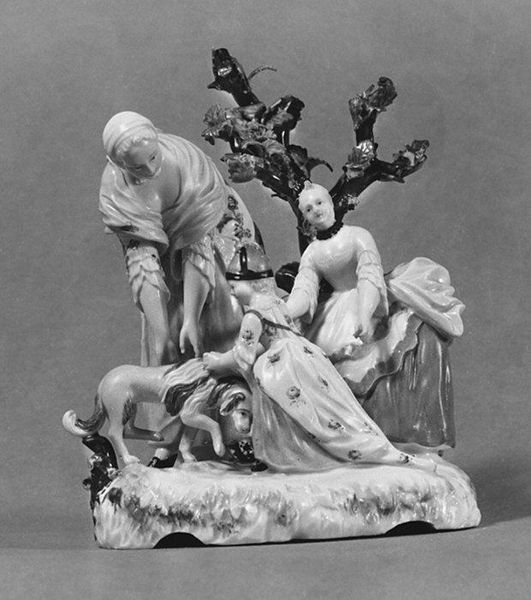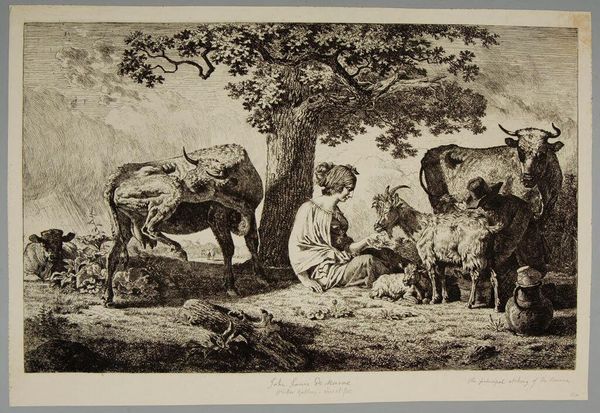
Nativity (five figures forming a presepio) 15th century
sculpture
sculpture
figuration
sculpture
black and white
monochrome
decorative-art
italian-renaissance
early-renaissance
monochrome
Dimensions: Height (Joseph .1): 24 1/2 in. (62.2 cm); Height (Mary .2): 34 7/8 in. (88.6 cm); Length (Christ Child .3): 17 1/2 in. (44.5 cm); Height (Ox .4): 17 1/2 in. (44.5 cm); Height (Ass .5): 17 1/2 in. (44.5 cm)
Copyright: Public Domain
Editor: This monochromatic sculpture by Antonio Rossellino, titled "Nativity," dates back to the 15th century. The figures almost appear stoic and detached from each other. What’s your take on it? Curator: The detachment you observe resonates with broader societal questions of that era. While seemingly devotional, Renaissance Nativity scenes can be examined through a lens of power and social hierarchy. Who are these figures representing? And whose stories are elevated while others are marginalized? The image is so monochromatic. How might that also point to social strata or cultural power? Editor: So, the starkness isn't just aesthetic? It's a deliberate commentary? Curator: Possibly. Consider Mary's submissive pose, kneeling in perpetual supplication. Early Renaissance Madonnas exemplify patriarchal ideals where the female figure is either asexual or exemplifies ideal maternity. Even the animals, silent witnesses, could symbolize the voiceless masses subjected to ruling religious narratives. How can we understand the figures within existing intersectional narratives that touch on gender and identity? Editor: That makes me think about the male figure. He's brooding. Does that say something about gender roles at the time? Curator: Precisely. Joseph appears contemplative, removed from the immediate miracle. The sculpture highlights masculine introspection rather than overt participation, thereby showcasing very different social requirements for men. It prompts a discussion about paternal authority and expectation, too. How does this silent image invite scrutiny into societal frameworks of the time? Editor: This gives me so much to think about! I see now the Renaissance wasn't some unified movement, but something constantly being negotiated. Curator: Exactly! Art is rarely a straightforward reflection of its time. More so a prism refracting complex power dynamics.
Comments
No comments
Be the first to comment and join the conversation on the ultimate creative platform.
